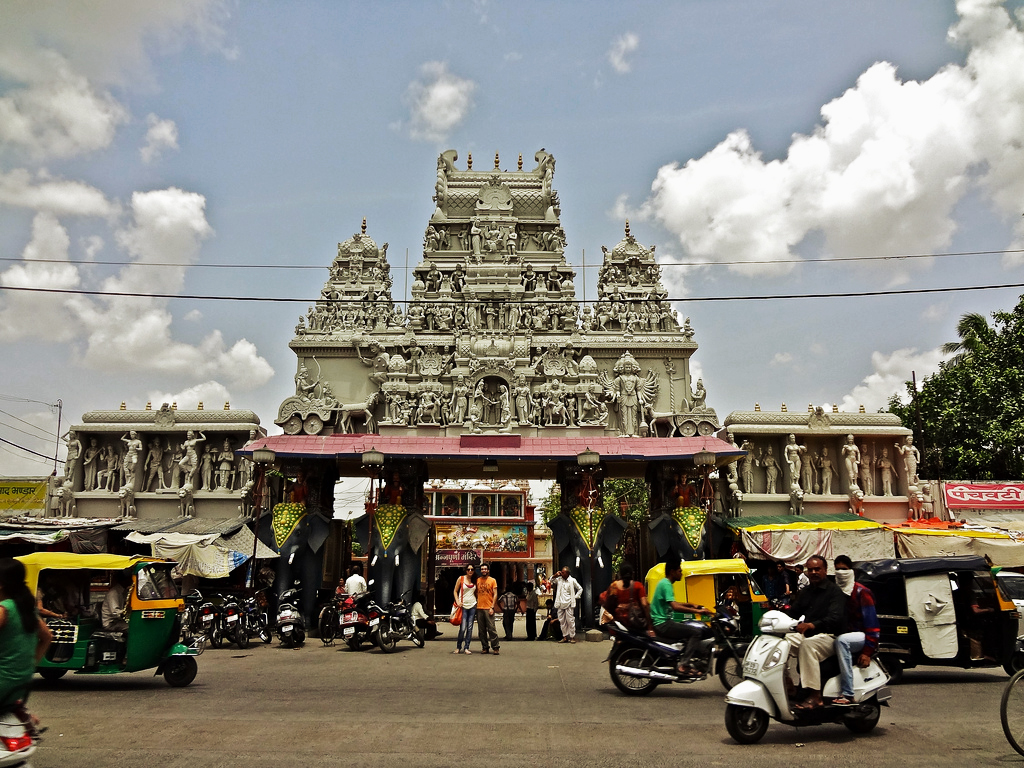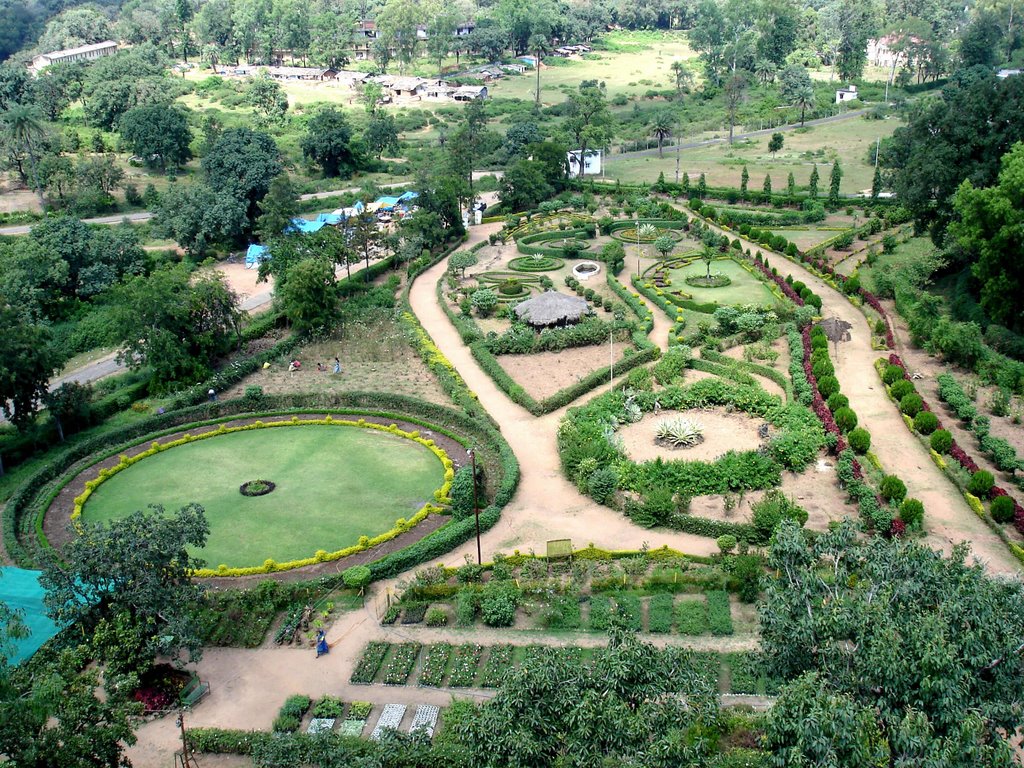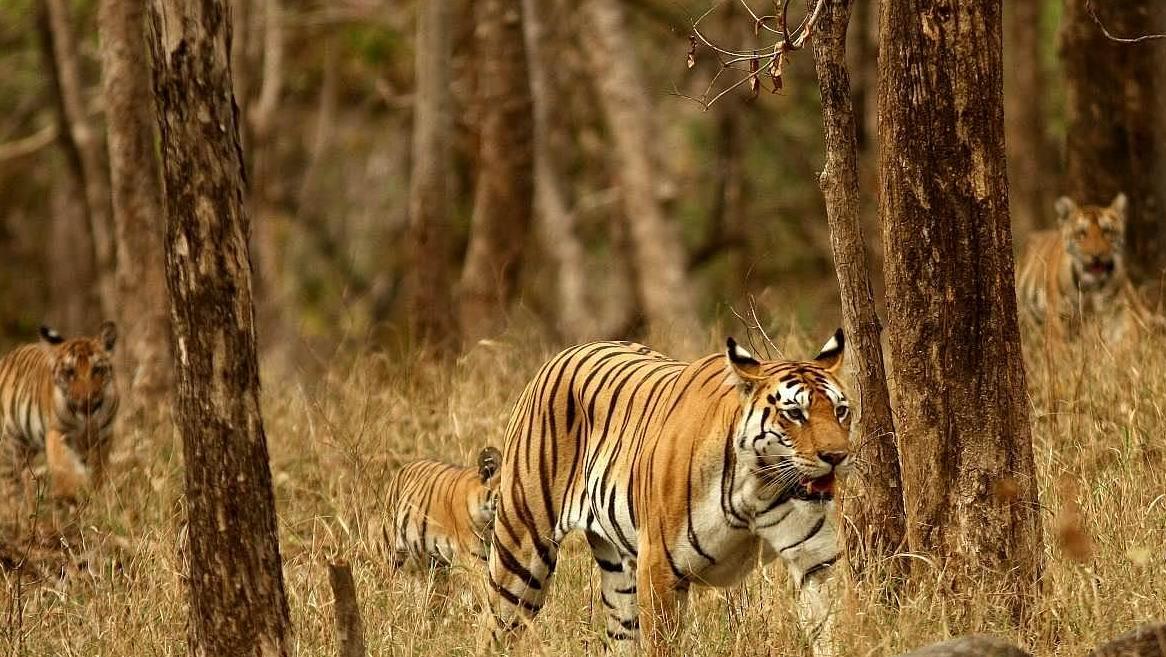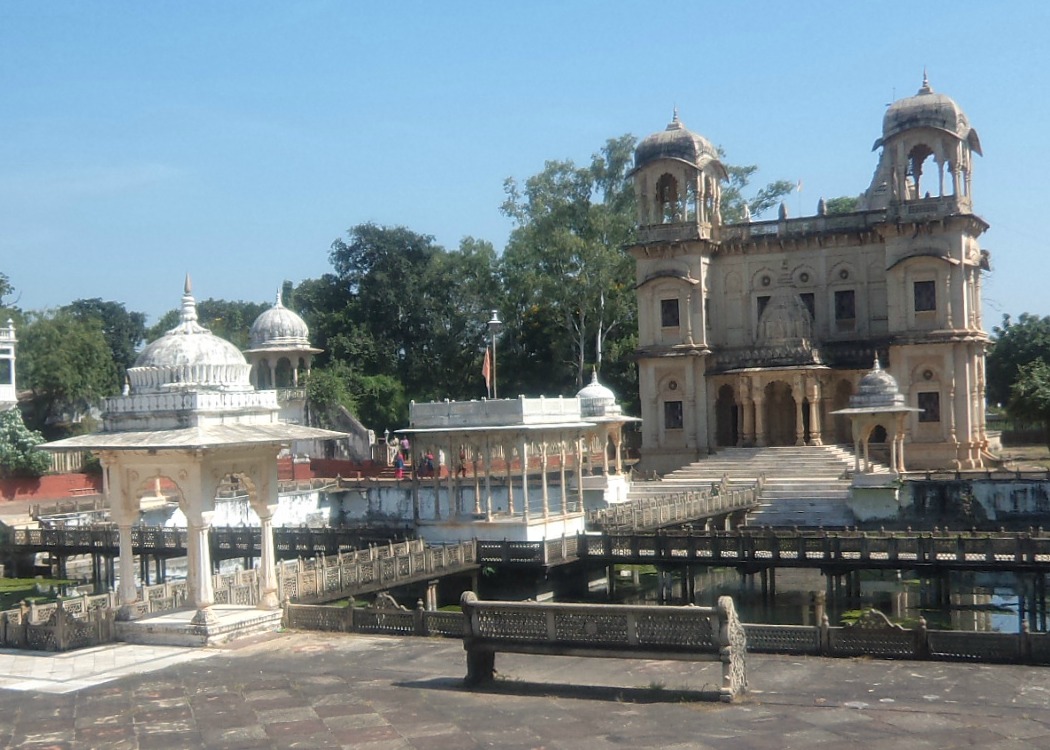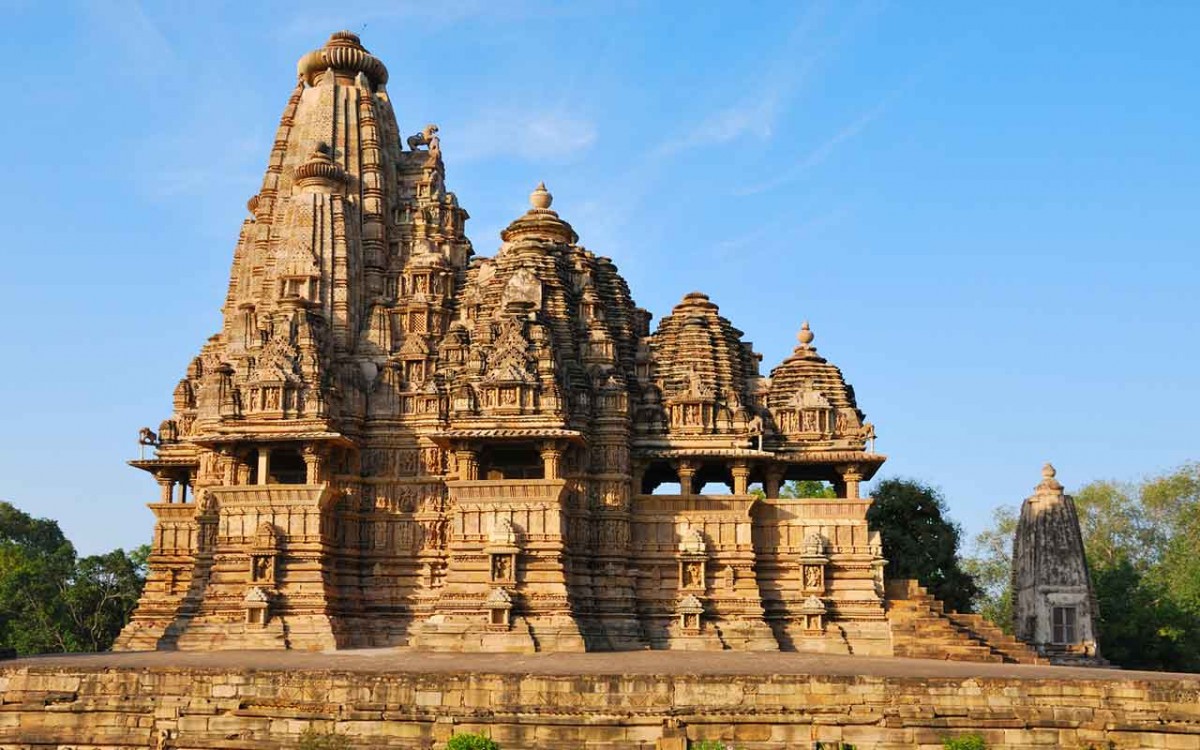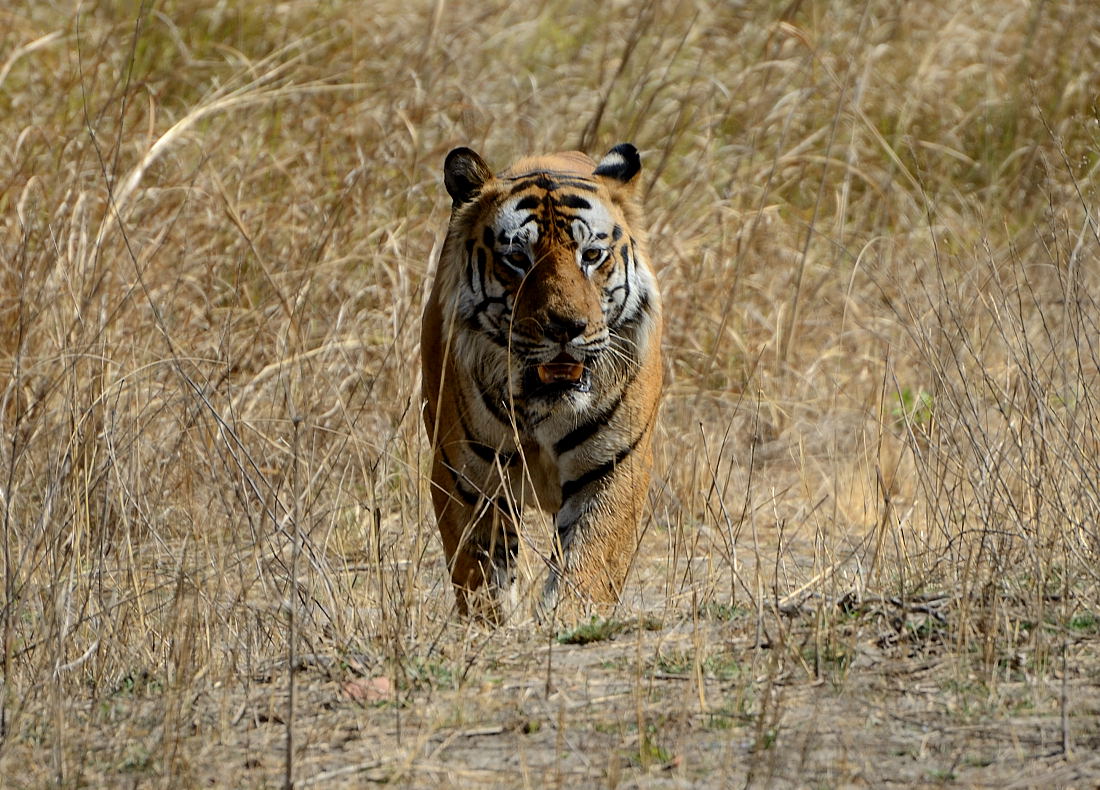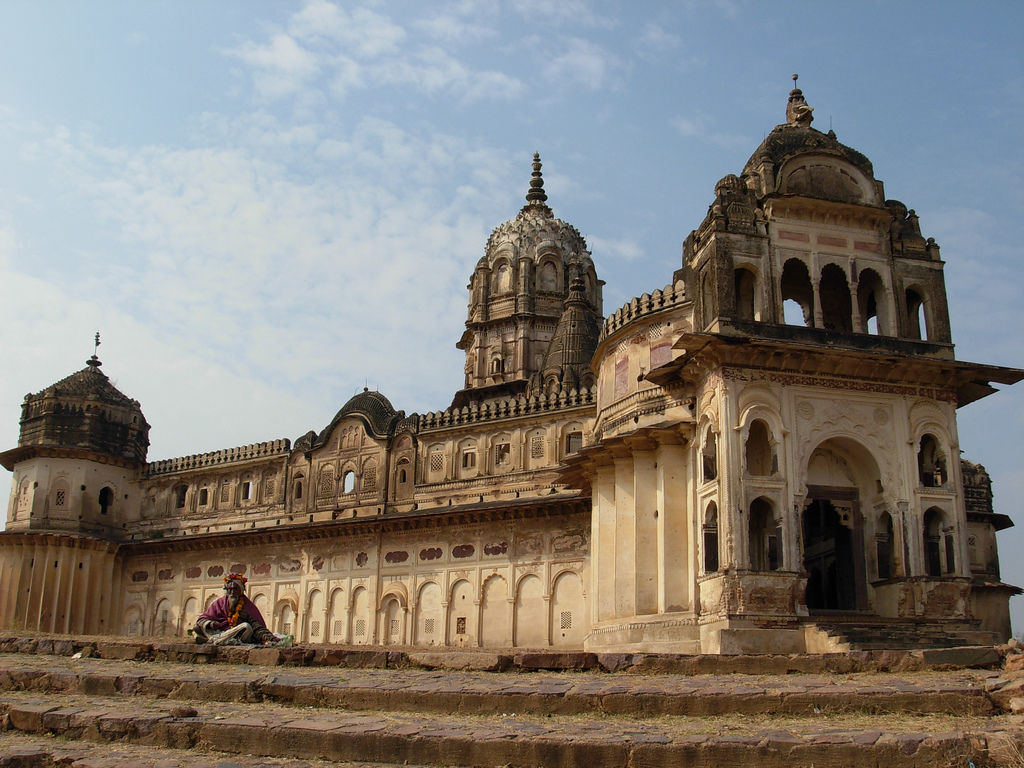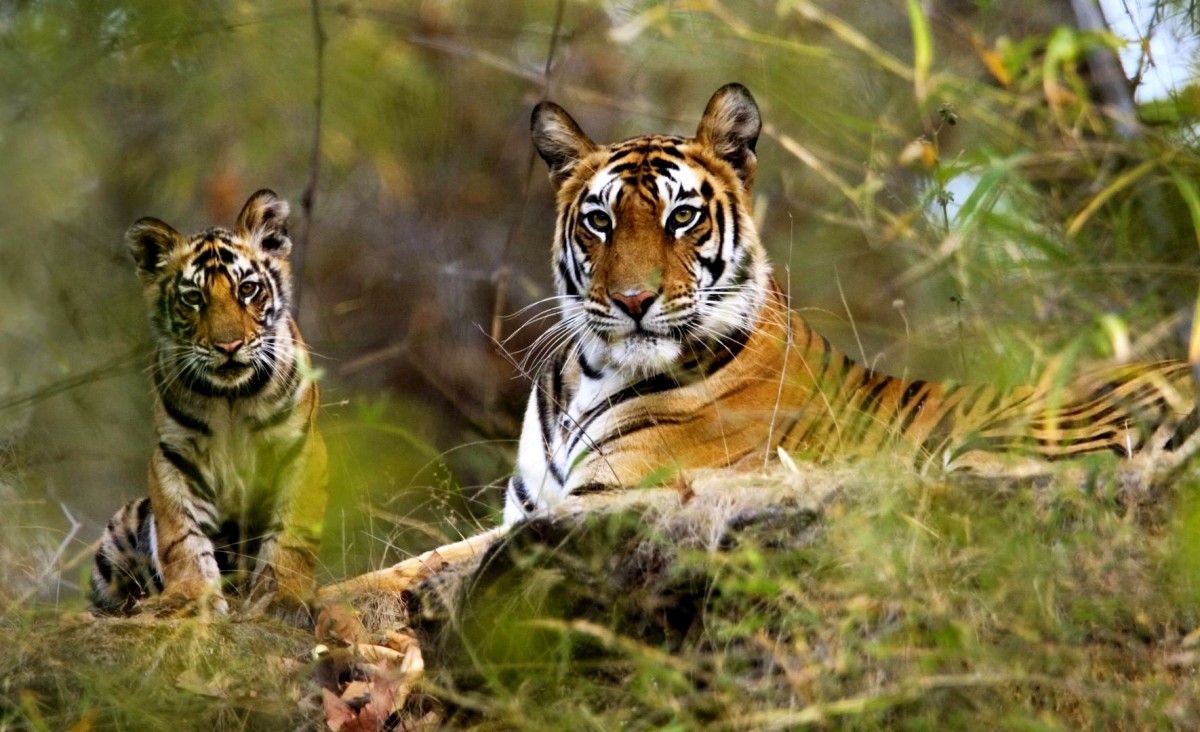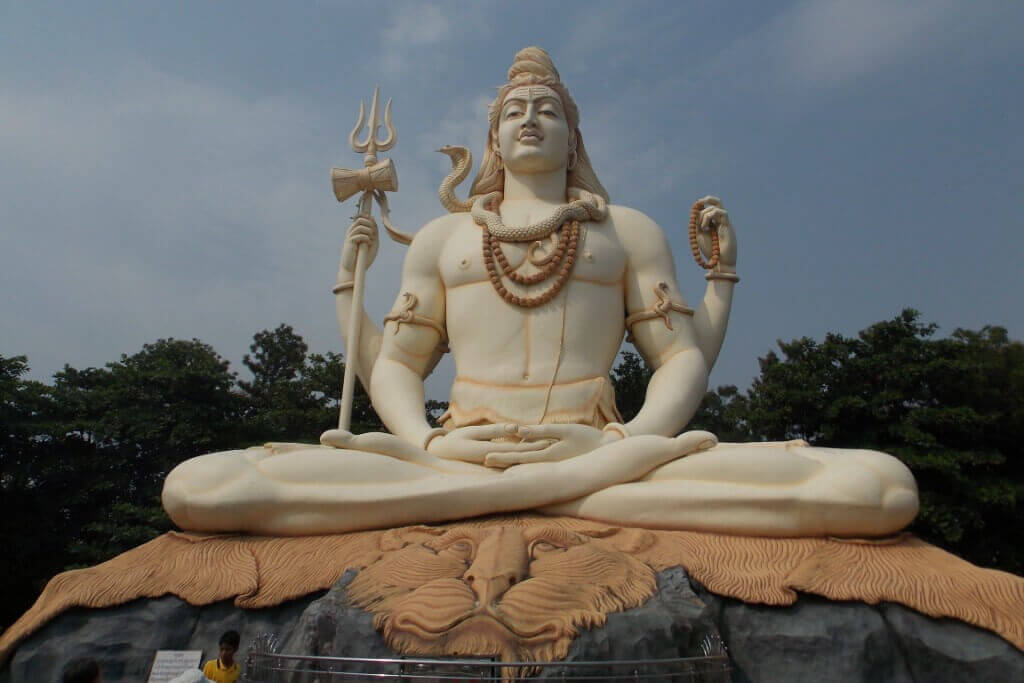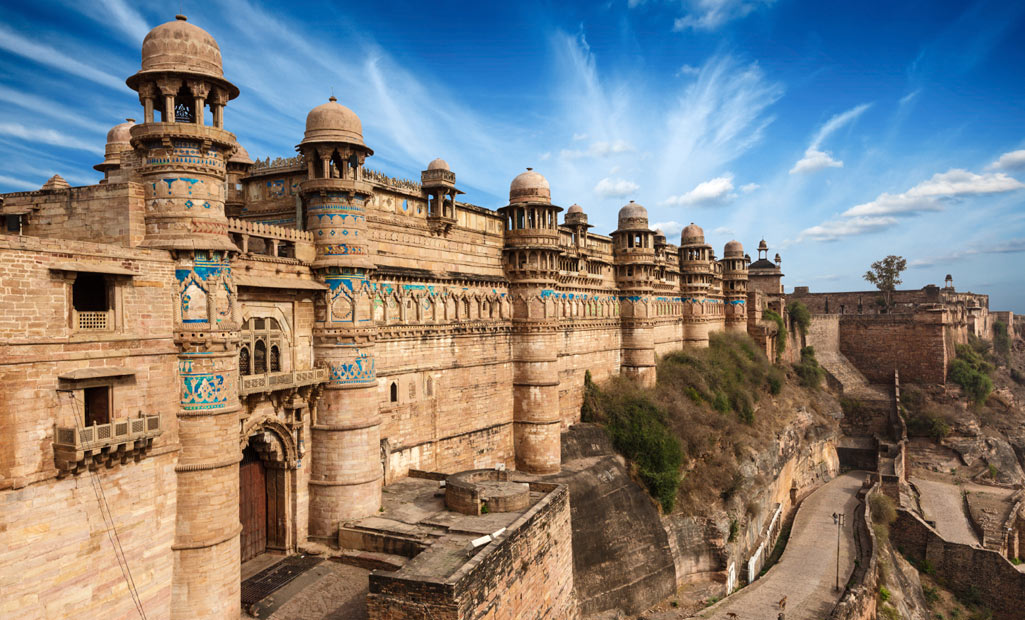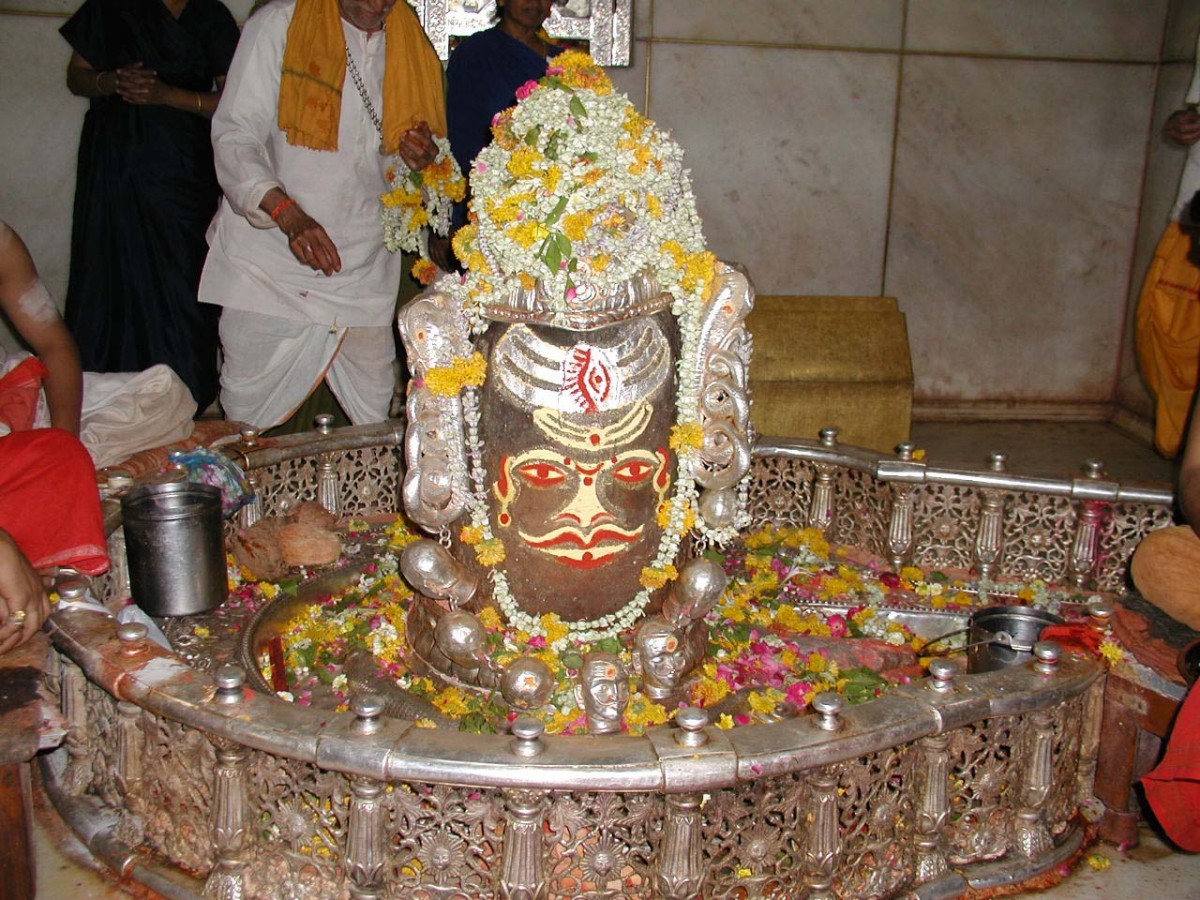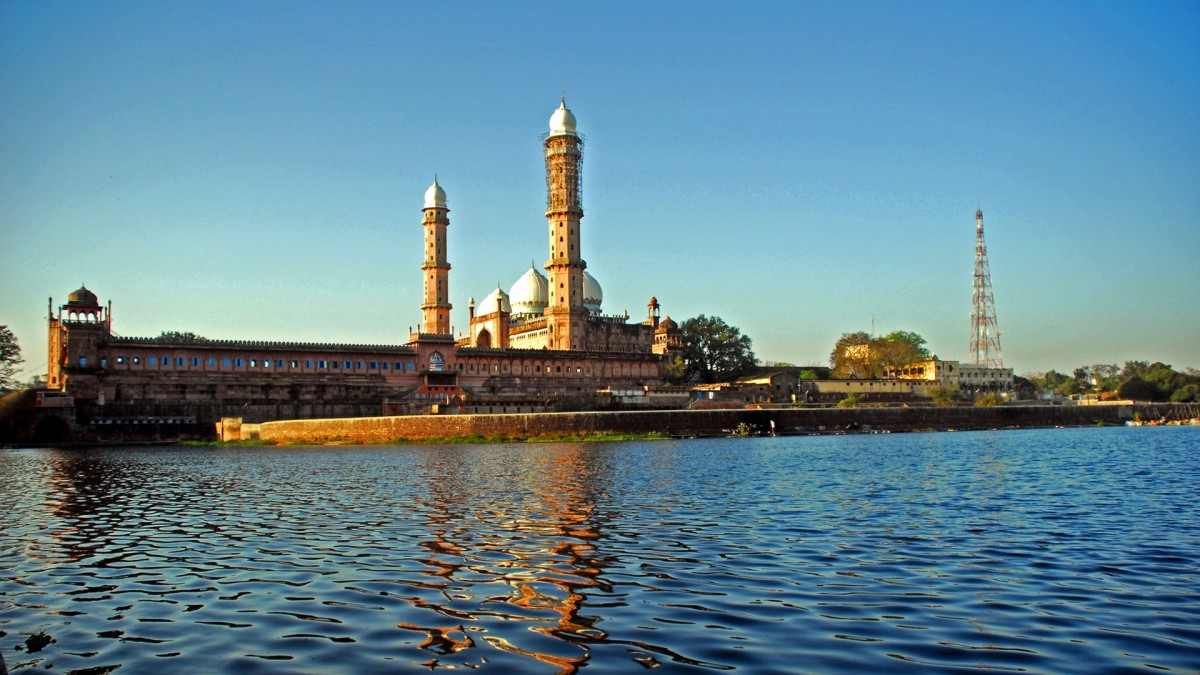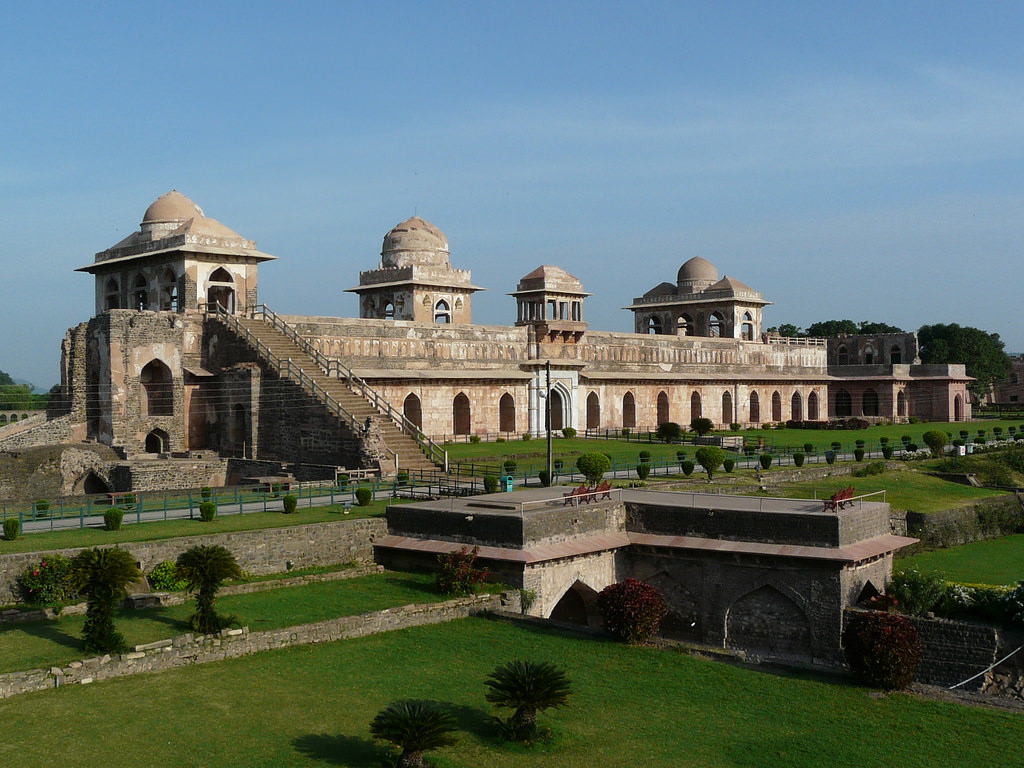
Dhar Tourism and Travel Guide
History of Dhar: Historically and culturally, Dhar District has occupied an important place throught its epoch-ancient, mediaeval and modern. Dhar, knownDhar as Dhar Nagari in ancient period and Piran Dhar in mediaeval period, has had the privilege of being of the capital city, both in the ancient and in the early mediaeval periods.

The Paramaras ruled over a vast territory around Malwa for 400 years from the 9th to the 13th centuries. Vakpati Munja and Bhojadeva were the most famous rulers of this dynasty. Munja was a great general, a poet of repute and a great patron of art and literature. His court was adorned by poets like Dhananjaya, Halayudha, Dhanika, Padmagupta, the author of Navasahasankacharita, Amitagati, etc. He excavated the Munja Sagar at Dhar and Mandu and built beautiful temples at a number of places.
Bhojadeva, the most illustrious of the Parmaras, was one of the greatest kings of ancient India. His name became a household word in India not only as a soldier but also as a builder, a scholar and a writer. Authorship of a large number of books on a variety of subjects like grammar, astronomy, poetics, architecture and asceticism is ascribed to him. He shifted his capital from Ujjain to Dhar, where the established a university for Sanskrit studies. It is known as the Bhoja Shala in which was enshrined the image of Goddess Saraswati. He rebuilt temples, including the magnificent temple at Bhojapur. Bhoja also created a large lake near Bhojapur.
In the year 1305, A.D. the whole of Malwa passed into the hands of Al-ud-din Khalji when Dhar and Mandu were also captured. Dhar continued to be under Delhi Sultans until the reign of Muhammed II. At that time, Dilawar Khan Ghuri was the Governor of Malwa. In 1401 A.D. he assumed royalty and established an independent Kingdom of Malwa, with his capital at Dhar. His son and successor, Hoshang Shah moved the capital to Mandu. Hoshang Shah died in 1435 A.D. and was entombed in the splendid mausoleum which is still existing at Mandu. On Hoshang’s death his son, Ghazni Khan, succeeded him. He ordered his capital Mandu to be called “Shadiabad” (the City of Joy). He, however, had a very short reign, as he was poisoned to death by Mahmud Khalji in 1436 A.D. Mahmud Khan ascended the throne and inaugurated the reign of the Khalji Sultans in Malwa. Khalji Sultans continued to rule Malwa till 1531 A.D. Later Malwa was captured by Sher Shah and was placed under the charge of Shujat Khan. Shujat Khan was succeeded by his son Baz Bahadur. Mandu and its environs reverberated with the stories of romance of Rupmati and Baz Bahadur. When Baz Bahadur was defeated and put to fight by the Mughal army, his beloved Rupmati took poison and put an end to her life to escape dishonour.
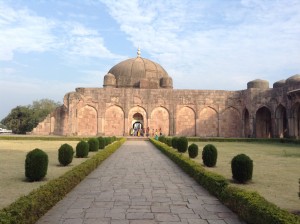
In the administrative organisation of Akbar, Dhar was the Chief town of a Mahal in Mandu Sarkar of the Subah of Malwa. Akbar stayed at Dhar for seven days, while directing the invasion of the Deccan. He also visited Mandu a number of times. Mandu was also a favourite resort of Emperor Jahangir, who stayed here for over six months in 1616 A.D. In his memoirs, Jahangir has payed glowing tributes to the pleasant climate and pretty scenery at Mandu DharNoorjahan shot four tigers with six bullets, from the back of an elephant, near Mandu.
When Baji Rao Peshwa divided Malwa among Sindhia, Holkar and the three Pawar Chiefs, in 1832 A.D. Dhar was bestowed on Anand Rao Pawar. The rulers of Dhar held away over this area till 1948, except for a brief period of three years, following the grate Revolt of 1857.
Dhar was an important centre of Revolt, during the First War of Independence in 1857. Freedom fighters captured the Fort of Dhar which remained in their possession from July to October, 1857. The Bhils also took active part in the Revolt. The rebels paralysed the authority of the State and opposed the British. Consequently, a large force marched against Dhar under Colonel Durand, and captured the town. Just because three or four rounds were fired on the British troops by rebels, the British soldiers took a tribal revenge on the local people. They dragged civilians from their houses, killed them and looted their property ladies were dishonoured. The rebels defended the fort, till 31st October, 1857 when breach was caused. They, therefore, escaped through an underground passage.
As an aftermath of the Revolt, Dhar State was annexed to the British territory. The British Government however, changed the decision of Government of India, and restored Dhar to Anand Rao III, on the 1st may 1860.
Mandu, clothed in green, with turbulent brooks and torrents rushing down into the encircling ravines, presents a magnificent spectacle. Thousands of tourists are drawn to Mandu, to have a glimpse of the splendid movements there.
Another place of great national importance is Bagh, where the caves have been excavated on the rockface of a lofty hill, on he bank of the Bagh river. The paintings at Bagh date back to a period between the 5th and the 7th centuries A.D., the Golden Age of Indian Art. Together with the Ajanta paintings, the Bagh paintings represent the finest traditions of Indian Art, which had a far-reaching influence on the Buddhist Art, not only in India, but also on the entire Buddhist Art in Asia.
The majority of the population in Dhar District belongs to the Scheduled Tribes. The main tribes in the District are Bhils and Bhilalas. Their highest concentration is in Kukshi Tahsil.
How to reach
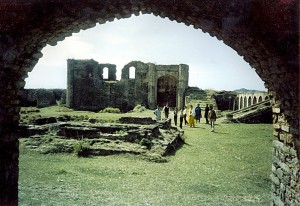
By Air – The nearest airport is Indore, connects Dhar to Delhi, Bombay, Gwalior, and Bhopal.Dhar
By Rail – Convenient railway stations are located at Ratlam and Indore.
By Road – Buses ply between Dhar, Indore, Mandu, Mhow, Ratlam, Ujjain, and Bhopal.
Population
According to the census of 1991 Dhar has a population of 13,67,412. The district thus ranked twenty first in descending order of population among the then existing 45 districts, containing 2.07 percent of the population of Madhya Pradesh.
The area of the district is 8,149 sq. km. The area of the district is 1.84 percent of the area of the entire state of Madhya Pradesh.
Languages
The census returned 49 mother-tongues languages or dialects. The table below gives details regarding the linguistic composition of the population of the district.
Other languages include Malvi, Urdu, Gujrati, Marathi and Marwari. Nimadi is spoken in the Manawar and Kukshi tahsils bordering West Nimar district. The Hindi speakers have shown a steady increase, partly due to the decrease in speakers of Malwi, which is spoken in the plateau region of the district. Bhili/Bhilali is the most commonly spoken dialect of Kukshi tahsil, followed by Manawar tahsil where it is next only to Hindi.

